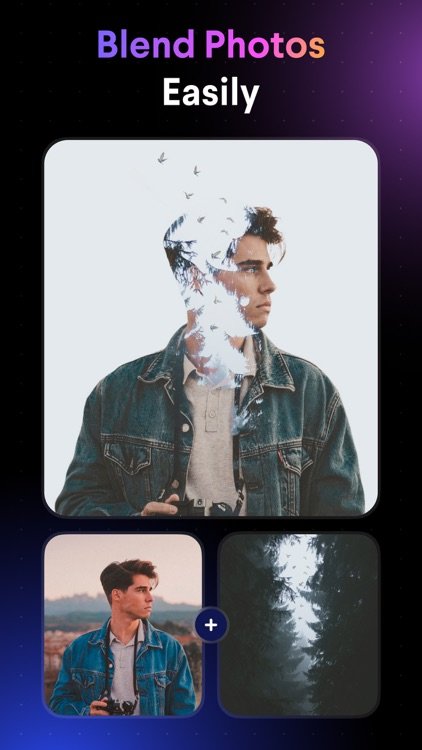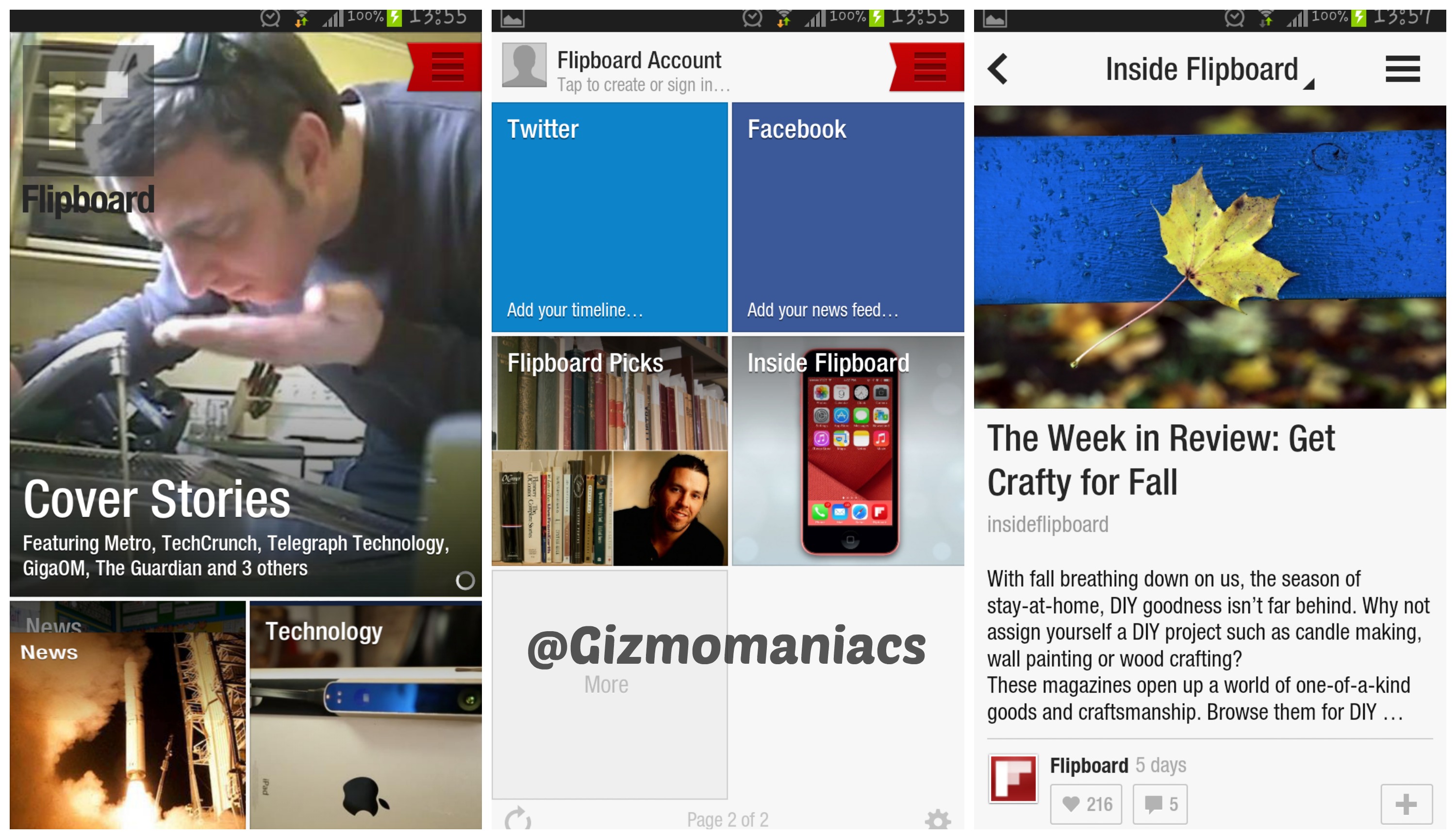
For instance, I have enjoyed using Flipboard to create my “Maybe We Don’t Suck” magazine: a collection of articles that focus on the good things human beings do rather than the bad. Users can also set their magazines so that other users can curate and add content to them. Users can create their own magazines, compiling articles of a similar theme into one place and sharing it with the world. You can also view who else likes the article, and what magazines they appear in.Īnd magazines, in themselves, are the most interesting thing about Flipboard. When reading articles, you can share them to other apps (a pretty standard feature) as well as like them. We have already covered several of the features of Flipboard, but there are plenty more to talk about. It not only breaks the flow of reading, but it also kind of hurts your eyes. It makes sense considering the app is called Flipboard, but it is jarring. Every time you “turn the page” there is a flip animation. The only downside to Flipboard’s design is how you read in the app. Lastly is your profile icon, where you can see magazines you have curated (more on that later) and articles you have liked. Here you will see who follows you and any content other users have shared with you.

The next symbol is a bell that represents notifications. The third symbol is a magnifying glass, obviously indicating a search.

So even though Topics themselves aren’t available, Flipboard will figure out what topics you like. If you like articles, or even read articles of a similar style, Flipboard will recommend more articles along those tastes. While it is great to dive right into content you love, Flipboard learns about you as you read. It is kind of a drawback, especially if you don’t live in those two countries.

It isn’t clear when this feature will be available on a more international level. Topics, though, are only available to American and Canadian users at the moment. Users will be able to find other users that read similar content, as well as find and add topics of their interest. The second symbol lets users access their interests. The first symbol, a house, is obviously the home screen where users can scroll through top headlines and articles most relevant to their interests.

Across the top of the screen are five symbols. The interface is also simple and easy to understand.


 0 kommentar(er)
0 kommentar(er)
